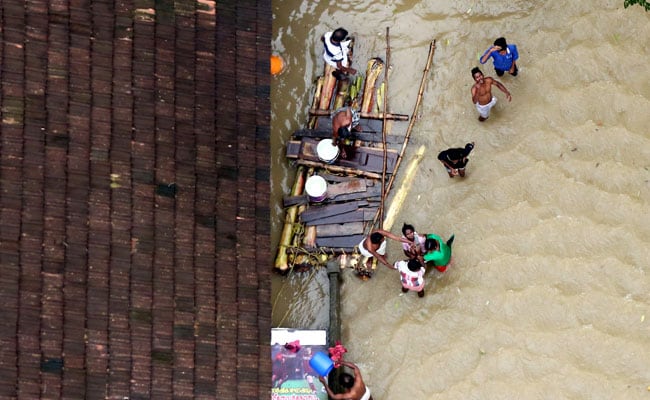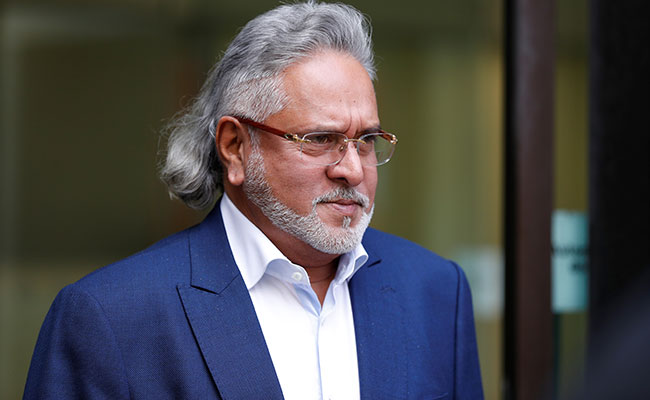Rahim was sold for Rs 75,000. Munni (name changed) was sold for Rs 15,000.
These numbers tell a grim story, because Rahim was a goat that was
sold in the livestock market for Bakri Eid in Ranchi, while Munni is one
among many girls from Jharkhand who are 'sold' everyday in the 'market'
of modern-day slavery.
Ahead of Bakri Eid, a huge market selling goats for sacrifice was set
up in the capital of Jharkhand, in which goats were being sold for
amounts ranging from Rs 20,000 to Rs 80,000.
At the same time, girls are being trafficked from villages of
Jharkhand and being sold in Delhi, Faridabad, Gurugram and other big
cities for a maximum amount of up to Rs 40,000, with the minimum amount
being as low as Rs 1,000.
A few weeks ago, Nobel laureate Kailash Satyarthi said that girls are being sold cheaper than cattle in this country.
Dr Sampurna Behura, director, programmes, at Satyarthi’s Bachpan
Bachao Andolan said that the the organisation has been working with the
trafficking survivors for years, and have found that Jharkhand, along
with Odisha, West Bengal and Bihar is a major source state for human
trafficking, while big cities including Delhi, Bengaluru and Mumbai are
the destinations.
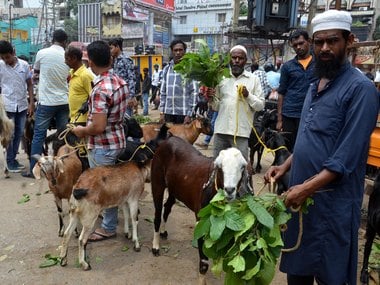
People buy goats from a livestock market ahead of Bakri Eid in Ranchi. Image: Rajesh Kumar
“We have rescued many girls from Jharkhand who were sold for Rs 5,000
or Rs 10,000. These girls were forced to work as domestic help, where
they were abused and assaulted, both physically and sexually,” Behura
said.
She added, “These girls were taken away from their family by the
middlemen, who paid a nominal amount to the families, and promised that
they would earn well in big cities by doing domestic work. But at the
end, the girl never gets anything. This exploitation has been going on
for years, which is why Kailash
ji made that statement.”
The arrests of hundreds of traffickers and middlemen of Jharkhand in
the last few years has revealed the rates at which the girls from the
state are being sold away.
Retired police official Aradhana Singh, who has played an important
role in the arrest of over 70 traffickers including kingpins like
Pannalal Mahato and Baba Bamdev said, “Most of the traffickers have
confessed to selling girls for Rs 15,000 to Rs 25,000, while Pannalal
used to sell them for up to Rs 50,000.”
Singh said that the girls are priced at three levels.
“The first level is at the village, where the local middleman pays
between Rs 1000 to Rs 3,000 to the family of the girl as they take them
away with the promise of sending more money home in the form of the
salary that the girl would receive for the work of a domestic help,” she
said.
These local middlemen are usually people known to the families of the
girls. Singh said that they first visit these families and build trust.
The next step is to take the girls to local markets and fairs and get
them do some shopping. “When the girls and the families develop complete
faith on these middlemen, they convince the family to either send away
the girl to big cities for earning money, or lure away the girls with
the promise of showing them a bigger fair or market,” Singh said.
The next level is when the local middleman takes the girls to the
placement agents in big cities. “This is when the middleman is paid an
amount between Rs 15,000 to Rs 20,000 per head,” Singh said.
However, the middleman is not given the entire amount at once. “If
they (middlemen) take four girls to Delhi, they will be paid only for
three, and will be promised payment for the fourth when they get more
girls. This way, the placement agents ensure that they keep getting a
constant supply of girls,” Singh said.
The final price of the girl goes up
to between Rs 35,000 and Rs 40,000 when the placement agent employs the
girl as a domestic help in any of the households. Singh said “These
placement agents produce a proper receipt for every girl they place, and
may charge a one-time fee of up to Rs 50,000 from the employers.”
Social activist Baidnath Kumar said that in tribal areas of
Jharkhand, not only are goats 'costlier' than girls, but are also cared
for more.
A report submitted to
NITI Aayog
by the government of Jharkhand mentions that 39.1 percent of the people
of the state are below poverty line (BPL), as against the national
average of 29.8 percent.
The situation is even worse for the Scheduled Tribe (ST) and
Scheduled Caste (SC) population. In these two communities, the
percentage of people below the poverty line in Jharkhand is 49 percent
and 40.4 percent respectively.
“In the areas which are marked by extreme poverty, families are in
such desperate need for money that they don’t think twice before sending
away their daughters. The promise of getting some money in return is
all it takes for them to send away their girls,” Kumar said.
A very recent case highlighting the desperation of these poor
families is that of 16-year-old Soni Kumari, whose body was chopped into
pieces and stuffed in a bag. The body was recovered from a drain in
Delhi in May this year.
When the girl from Malgo village of Lapung block in Ranchi went missing in 2017, her family did not bother searching for her.
Soni’s mother, Parban Oraon said, “Soni had gone missing earlier too,
but when she returned, she gave us Rs 2,000 and said that she earned it
by working in a brick kiln in Uttar Pradesh. When she vanished again,
we thought she would return with some more money, so we did not search
for her. How were we to know that we will never see her again?”
Sanjay Mishra, national treasurer of National Action and Coordination
Group for Ending Violence Against Children (NACG EVAC) said that human
trafficking is a major problem in the state and uprooting it is a
challenge for all. "The Bill will prove to be a big help in getting the
criminals convicted and punished. It will also help in getting the
survivors rehabilitated."
The Bill creates a classification of the different types of
trafficking, and also provides for the establishment of anti-trafficking
relief and rehabilitation committees at the national, state and
district levels, which will compensate and repatriate the survivors.
Apart from this, it provides for the establishment of a national
anti-trafficking bureau, district anti-trafficking units and appointment
of state anti-trafficking officers, thus building an organised
institution to fight against the organised crime of human trafficking.
Inspector General, CID (organised crime), Ranjit Prasad said, "Over
the years, the state police has become very sensitive about the issue of
human trafficking. Regular training is being provided to the policemen
by the CID about nabbing the criminals involved in this organised crime
and rescuing the missing children
 பிரதமர்
மோடி தலைமையிலான அரசின் பணமதிப்பிழப்பு நடவடிக்கையால் சிறு தொழில்
செய்பவர்கள் பெரிதும் பாதிக்கப்பட்டுள்ளனர் என்று முன்னாள் பிரதமரும்,
காங்கிரஸ் கட்சியின் மூத்தத் தலைவருமான மன்மோகன் சிங் குற்றம்
சாட்டியுள்ளார்.
பிரதமர்
மோடி தலைமையிலான அரசின் பணமதிப்பிழப்பு நடவடிக்கையால் சிறு தொழில்
செய்பவர்கள் பெரிதும் பாதிக்கப்பட்டுள்ளனர் என்று முன்னாள் பிரதமரும்,
காங்கிரஸ் கட்சியின் மூத்தத் தலைவருமான மன்மோகன் சிங் குற்றம்
சாட்டியுள்ளார்.






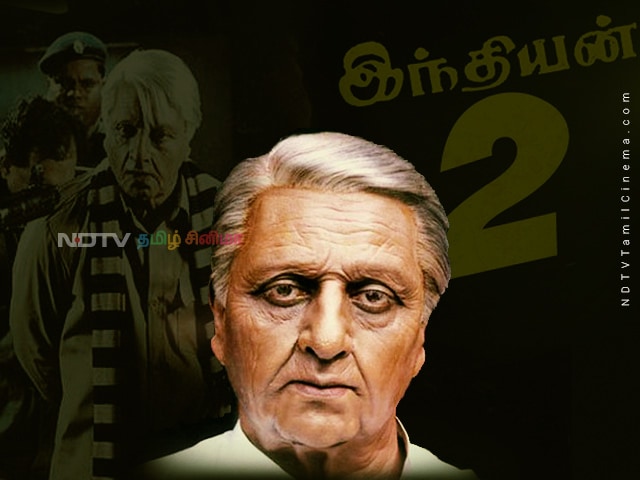
 Actress
Sunny Leone is the latest addition to the list of celebrities who have
contributed to help the people affected in flooded Kerala. On Friday,
Sunny shared an Instagram post, in which she mentioned that she and her
husband Daniel Weber have donated over 1,200 kg food material for the
people affected in the grief-stricken area. Sunny wrote: "Today Daniel
and I will hopefully be able to feed a few of the many people in Kerala
that need a warm meal with 1,200 kg (1.3 tons) of rice and daal. I
know it's not a dent in what actually needs to be sent and I wish I
could do more." In her post, the 37-year-old actress also thanked
Prateik Babbar and Siddhant Kapoor for organising a special
Actress
Sunny Leone is the latest addition to the list of celebrities who have
contributed to help the people affected in flooded Kerala. On Friday,
Sunny shared an Instagram post, in which she mentioned that she and her
husband Daniel Weber have donated over 1,200 kg food material for the
people affected in the grief-stricken area. Sunny wrote: "Today Daniel
and I will hopefully be able to feed a few of the many people in Kerala
that need a warm meal with 1,200 kg (1.3 tons) of rice and daal. I
know it's not a dent in what actually needs to be sent and I wish I
could do more." In her post, the 37-year-old actress also thanked
Prateik Babbar and Siddhant Kapoor for organising a special 




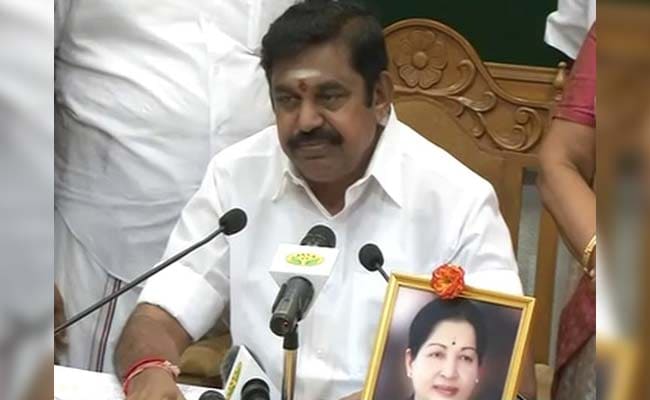
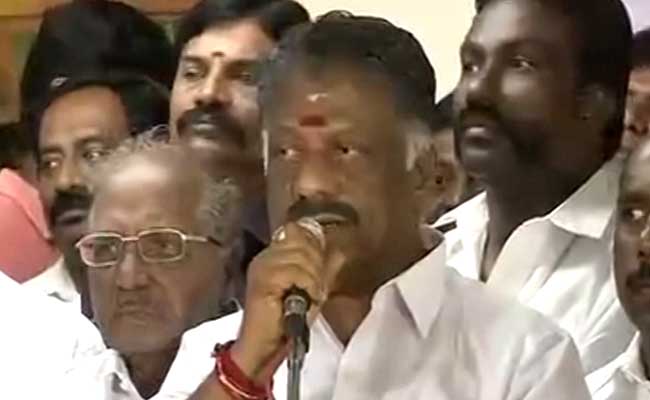 தமிழக
துணை முதல்வரும் அதிமுக-வின் ஒருங்கிணைப்பாளருமான ஓ.பன்னீர்செல்வம், ‘நான்
பதவி விலகுவதாக தொடர்ந்து வரும் செய்திகள் வெறும் கற்பனை’ என்று கருத்து
கூறியுள்ளார்.
தமிழக
துணை முதல்வரும் அதிமுக-வின் ஒருங்கிணைப்பாளருமான ஓ.பன்னீர்செல்வம், ‘நான்
பதவி விலகுவதாக தொடர்ந்து வரும் செய்திகள் வெறும் கற்பனை’ என்று கருத்து
கூறியுள்ளார்.


